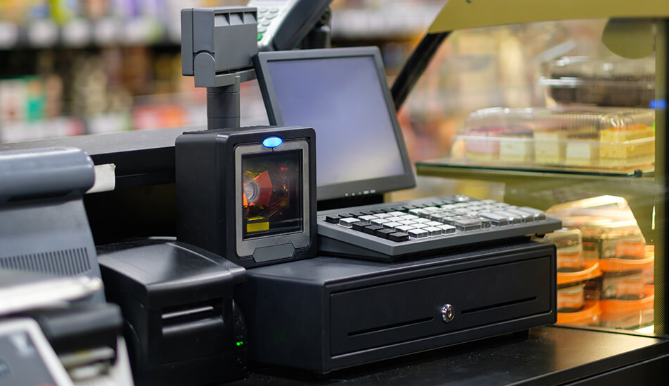
The Importance of Regular Maintenance
Regular POS system maintenance is crucial for:
Enhanced Performance:
Regular maintenance prevents software glitches, hardware malfunctions, and data corruption, ensuring smooth operation and minimizing downtime.
Security Protection:
Timely updates address security vulnerabilities, safeguarding sensitive customer and financial data from cyberattacks.
Compliance Maintenance:
Updates ensure compliance with evolving industry standards and regulations, preventing potential legal and financial repercussions.
Extended System Lifespan:
Regular maintenance prolongs the lifespan of your POS system, maximizing its return on investment.
Establishing a Maintenance Schedule
Develop a comprehensive maintenance schedule that includes:
Regular Software Updates
Install software updates promptly, following vendor recommendations and testing updates in a staging environment before deployment.
Hardware Inspections
Conduct regular hardware inspections to identify potential issues, such as faulty cables, damaged components, or outdated hardware.
Data Backups
Implement a robust data backup plan, backing up data regularly and storing backups securely in an offsite location.
Employee Training
Provide ongoing training to employees on POS system usage, maintenance procedures, and security protocols.
Implementing Effective Updates
To ensure smooth and successful updates:
Schedule Updates During Off-Peak Hours:
Plan updates during off-peak business hours to minimize disruptions to customer service and sales operations.
Communicate Updates to Staff:
Inform employees about upcoming updates, providing clear instructions and training on any new features or procedures.
Create a Rollback Plan:
Develop a rollback plan in case of unforeseen issues, allowing for a quick reversion to the previous system version.
Test Updates Thoroughly:
Thoroughly test updates in a staging environment before deploying them to the live system.
Additional Maintenance Considerations
Vendor Support:
Maintain an active relationship with your POS vendor, utilizing their support services for troubleshooting, updates, and training.
Regular Cleaning:
Regularly clean POS hardware, including keyboards, screens, and scanners, to prevent dust buildup and ensure optimal performance.
Power Management:
Implement power management practices to protect POS hardware from power surges and outages.
Environmental Factors:
Consider environmental factors, such as temperature, humidity, and dust levels, when choosing and maintaining POS hardware.
Compliance Audits:
Conduct regular compliance audits to ensure adherence to industry standards and regulations.
Conclusion
A well-maintained and regularly updated POS system is an invaluable asset for any business, ensuring optimal performance, enhanced security, and compliance with evolving standards. By establishing a comprehensive maintenance schedule, implementing effective updates, and addressing additional maintenance considerations, businesses can maximize the value of their POS investment, minimize downtime, and cultivate a thriving business.
